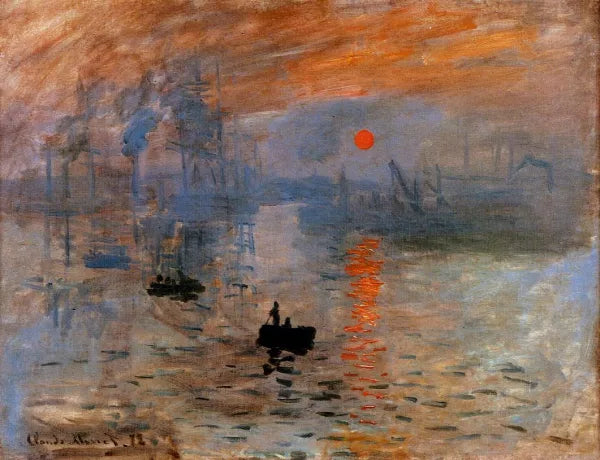Hand-painted oil paintings are more fragile than they appear. Canvas expands, varnish softens, and frames can flex with every bump, heat change, or humid car ride. Whether you’re planning local transport or long-term storage, the right preparation prevents cracks, warping, and surface damage to your fine art.
Essential Fine Art Packing Checklist (Before Moving or Storage)
Before you lift anything, take a few minutes to stabilize and prepare:
-
Clean the surface lightly: Use a soft dry brush to remove loose dust — no liquids. Dirty surfaces trap moisture during wrapping.
➡️ See safe cleaning guide
-
Photograph and inspect: Document the painting’s current condition in daylight. Capture front, corners, and edges.
-
Secure the frame and hanging wire: Tighten screws, add corner protectors, and remove any loose hardware.
-
Add protective layers:
-
First: cover the painted surface with archival glassine paper (acid-free, smooth).
-
Then: wrap in bubble wrap with bubbles facing outward, never against paint.
-
Finish: sandwich between two rigid foam or cardboard boards, taped to the frame — not the canvas.
-
Vertical Transport Rules: Handling & Positioning for Safe Movement
Always transport upright.
Oil paintings should travel vertically, as they would hang on a wall. Never lay them flat — vibration and weight can press the canvas into the stretcher bars.
Stabilize in the Vehicle:
-
Wedge with soft blankets or foam blocks to prevent sliding.
-
Avoid stacking other objects or boxes on top.
-
Keep temperature moderate — ideally 18–24 °C (65–75 °F) — and never leave paintings in a hot or freezing car.
If it’s raining:
Wrap with a plastic outer shell only for the short journey, and remove it as soon as you reach an indoor space to avoid condensation.
Long-Term Storage: Ideal Climate Control and Placement
Vertical is always safer.
Store paintings upright, slightly tilted backward, with spacers between each frame for airflow.
Avoid:
-
Basements (humidity)
-
Attics (heat fluctuation)
-
Garages (dust, insects)
Ideal Conditions:
-
Temperature: 18–24 °C (65–75 °F)
-
Humidity: 45–55 %
-
Light: Indirect daylight or complete darkness for long-term storage.
-
Protection: Felt pads beneath frames and foam boards against the wall.
After Unpacking: Let It Breathe
Once your painting arrives or comes out of storage:
-
Unwrap slowly in a clean, stable room.
-
Let it stand upright for several hours to acclimate to the new humidity.
-
Inspect corners and varnish — if tacky, give it time; never wipe condensation.
-
Re-hang only when the surface feels dry and temperature equalizes.
Never rush acclimatization. Sudden exposure to warm air or direct sun after a cool move can cause immediate varnish bloom or micro-cracking.
Closing Thought
Proper art transport is more about patience than packaging. Each hand-painted oil painting you protect carefully today is one less heartbreak tomorrow — color, texture, and history preserved intact.



